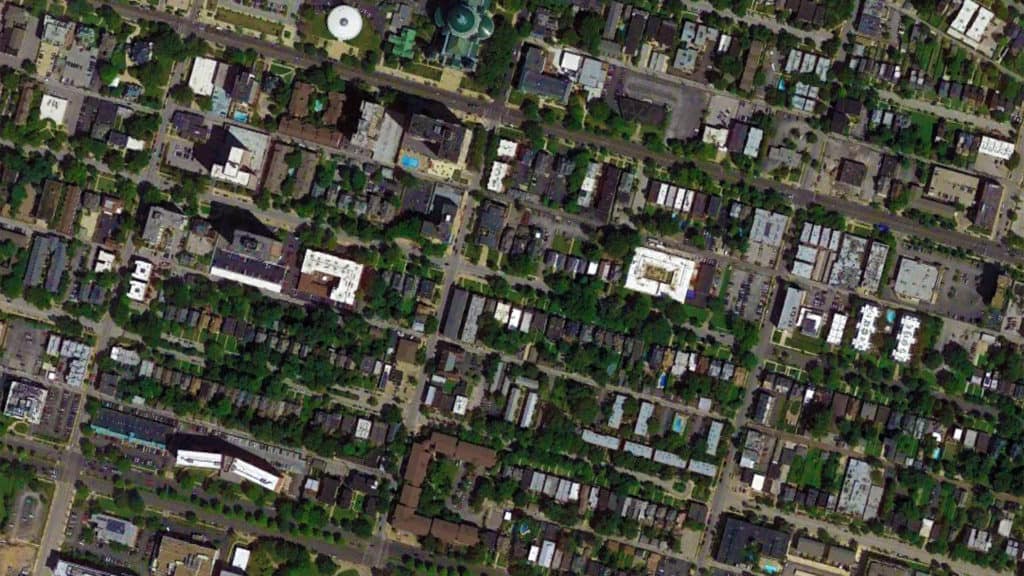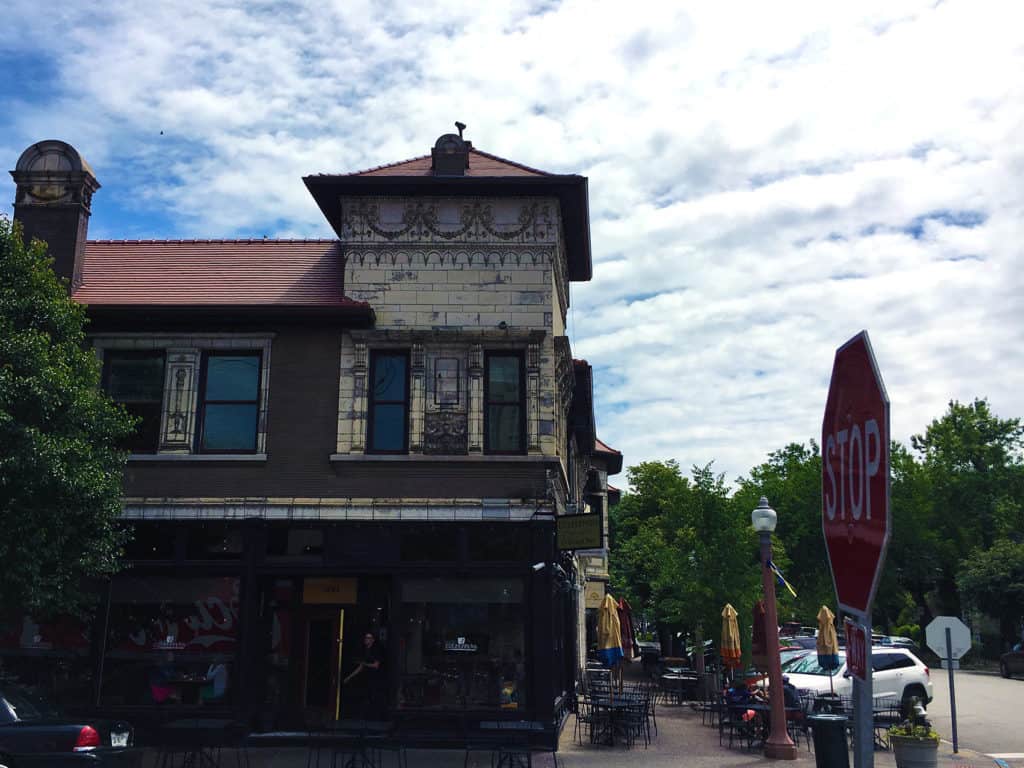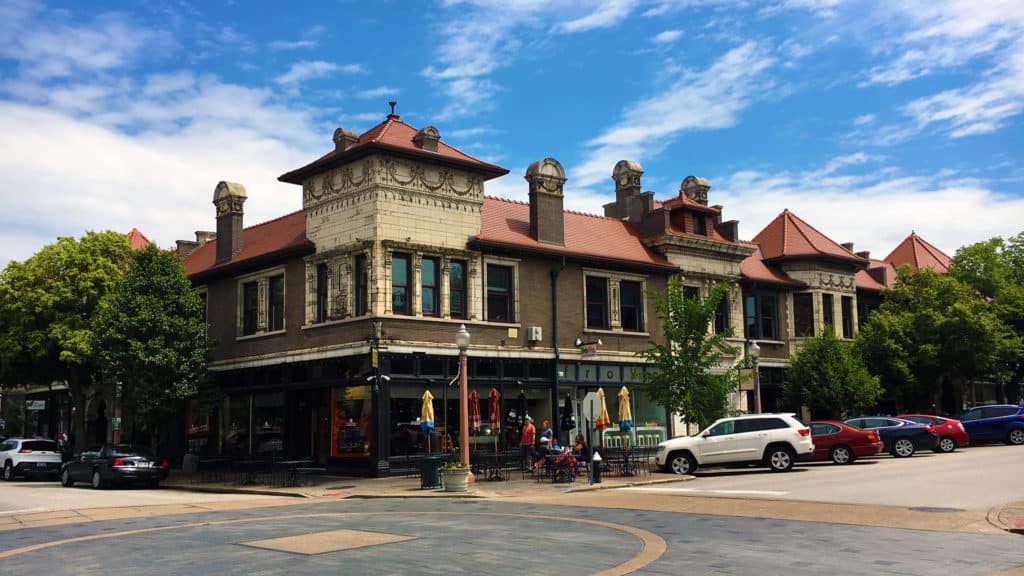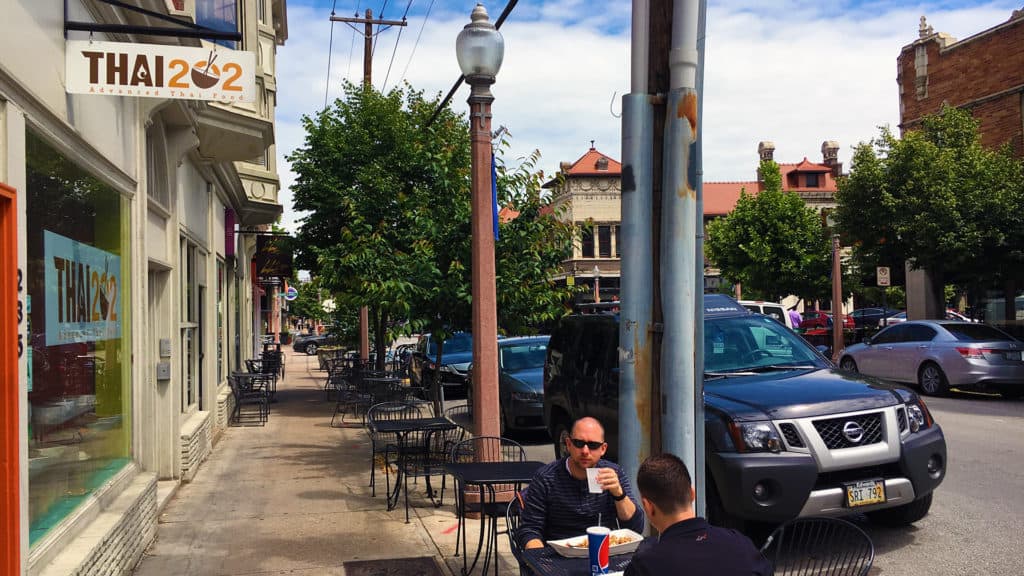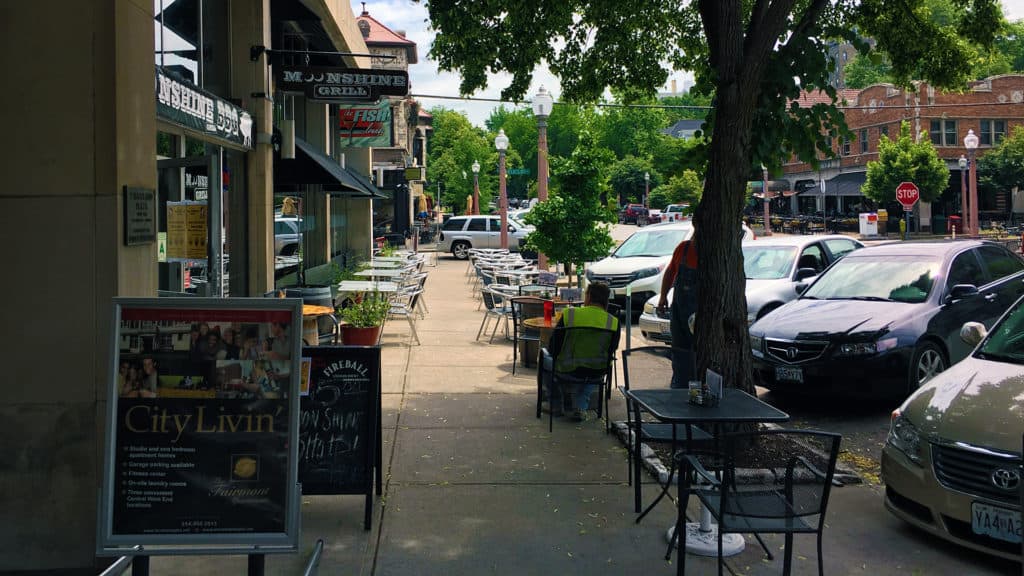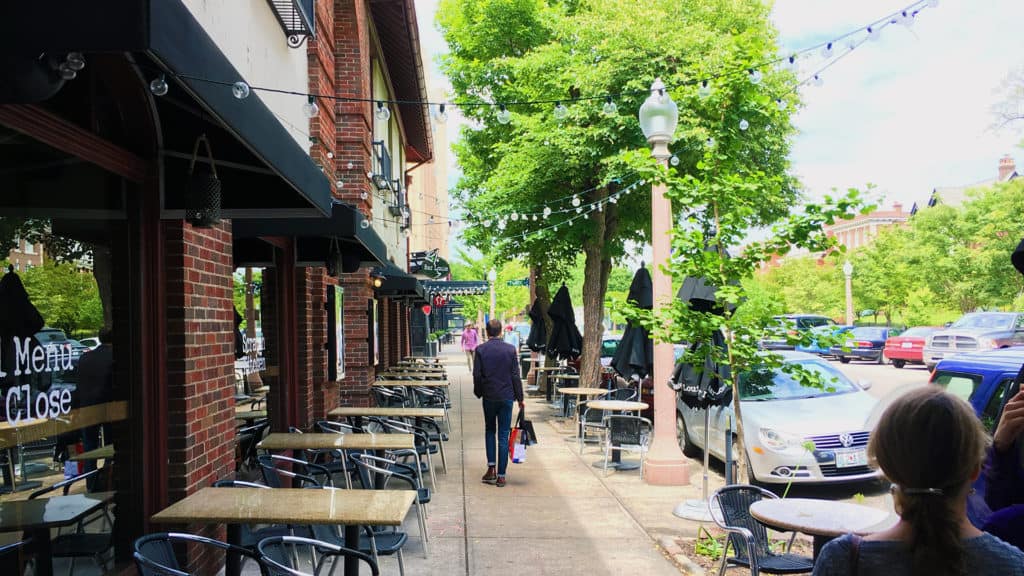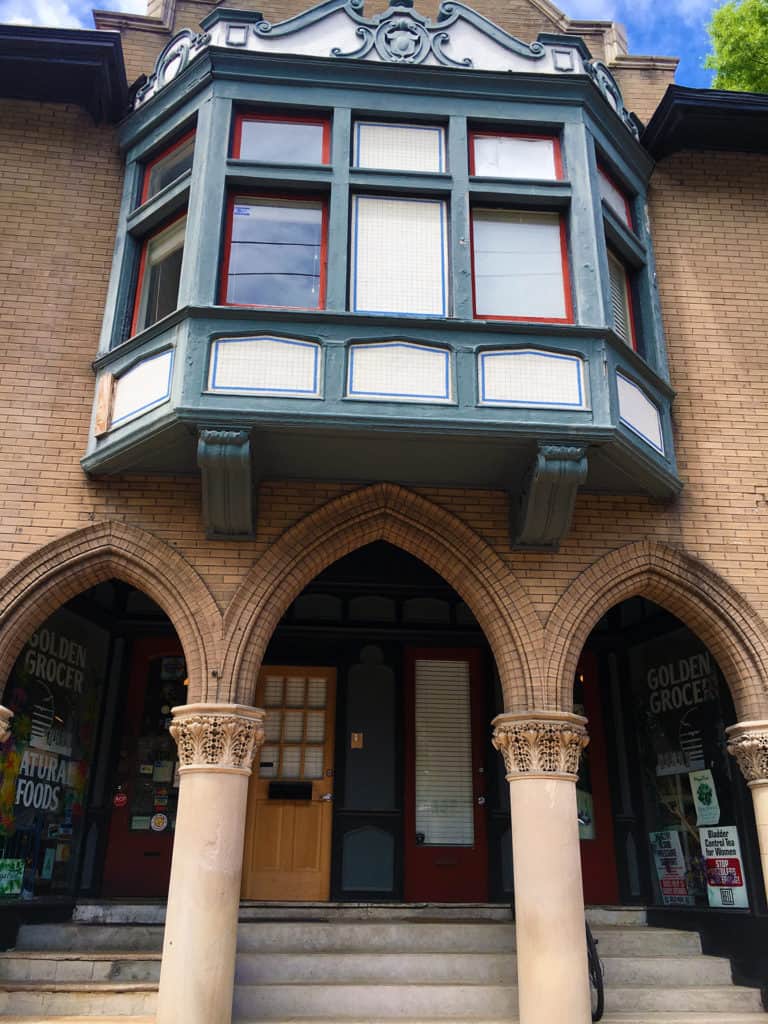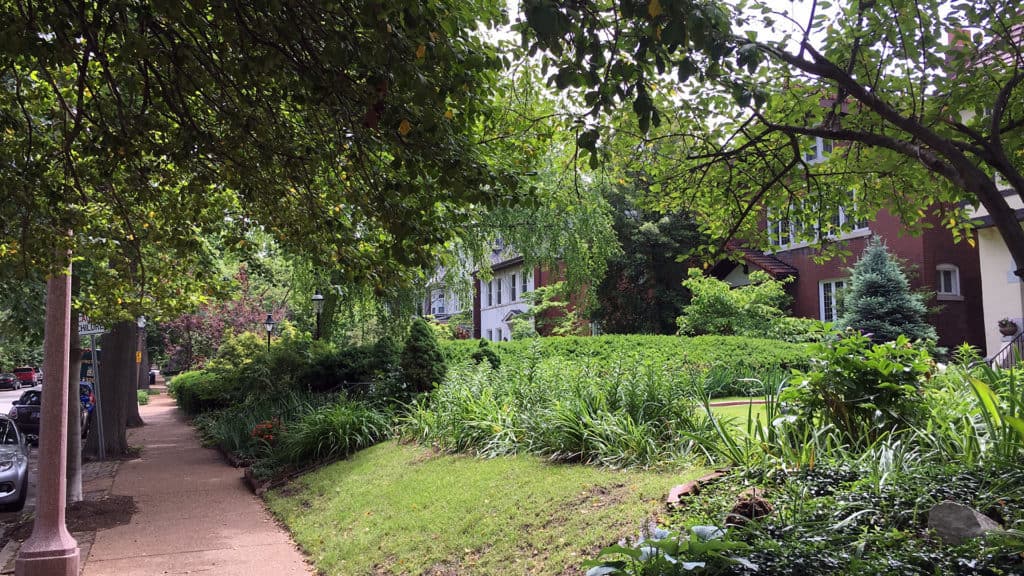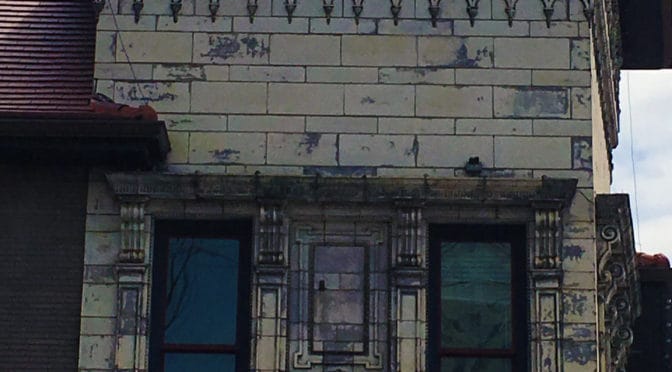Large swathes of St. Louis that are downright depressing from the point of view of vibrant urbanism. By now, most everyone has heard about the racial problems in Ferguson, one of the earliest examples of post-war, white flight suburban sprawl in the city now populated by economically vulnerable populations; most likely heralding the start of the ‘ghettoization’ period for sprawl’s reputation in the United States. However, Federal, State and local redevelopment, planning, and housing policy has relentlessly decimated once-vibrant North St. Louis and East St. Louis, Illinois since World War II to the point where one might mistakenly think these areas were long-ago victims of a Soviet nuclear strike (no, these are self-inflicted wounds). Unfortunately, the same scenario is playing out for large areas of South St. Louis as well over the last twenty years.
However, there are still some pockets of vibrant urbanism on display in St. Louis, which gives the city something to build upon if leaders, professionals and others will only pause to look at those places as models for a sustainable future. One of these vibrant neighborhoods is the Central West End, which stretches from Midtown’s western edge to Union Boulevard, bordering on Forest Park, north to Delmar Blvd. and south to Clayton Ave. The Central West End includes an array of cultural institutions including the Cathedral Basilica of St. Louis associated with St. Louis University. The commercial district is located mainly along Euclid Avenue and a lot of the urban activity in the area is supported by faculty, medical staff, and students of Washington University and St. Louis University. Playwright Tennessee Williams, beat writer William S. Burroughs, and poet T.S. Elliot grew up/lived in the neighborhood. The Central West End is often mistaken for the setting of the classic 1944 film Meet Me in St. Louis starring Judy Garland.
